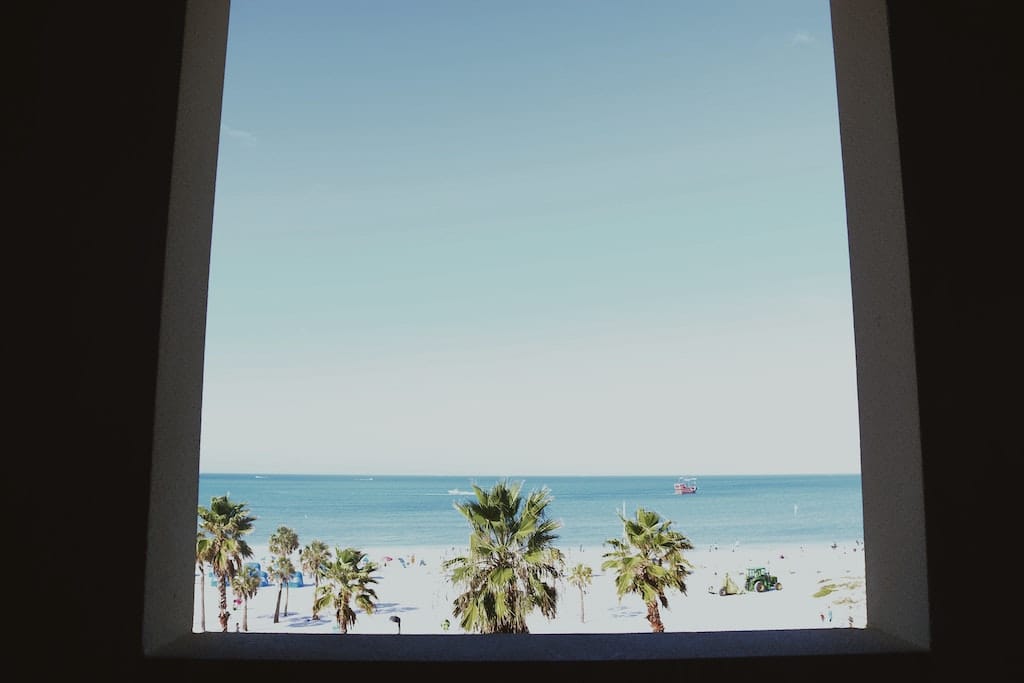All Categories
Featured
Table of Contents
Double Glazed Windows in Straffon Western Australia
That window can transmit more solar heat in winter than in summertime. A west-facing window on a summer's afternoon has an angle of incidence from near 0 as much as 30 with a large effective area of solar radiation. A north-facing window, in summertime, has a high angle of occurrence and a low effective area of solar radiation, so can transfer less heat than a west-facing one.

You can rapidly and easily improve the thermal efficiency of your house by replacing your windows. There are thousands of types of glass and frames to select from.
Magnetite: Australian Retrofit Double Glazed Windows in Burswood Western Australia
There are numerous various types of glass items to pick from. Single glazing uses a single pane of glass. Single glazing with clear glass is not very effective when it comes to heat loss or gain. To enhance performance, you can utilize single glazing with a more energy-efficient type of glass such as low emissivity (low-e) glass.
The energy performance of IGUs likewise depends on: the homes of each layer of glass. Various glass types (for example, clear and low-e glass) can be put together in an IGU.
Which Double Glazing Company Is The Best? in Mt Helena Western Australia

IGU cavities can be filled with air or a more inert, low-conductivity gas such as argon the width of the cavity. Cavity density is usually 6 to 18mm. Larger cavities supply lower (better) U values, with 12mm generally accepted as the preferred space how well the cavity is sealed. Cavities must be dry and well sealed to avoid wetness getting in.
If argon is set up to the cavity in location of air, wetness is reliably omitted the level of desiccant (drying representative). The spacer (metal or polymer strip) that separates the glass layers includes a desiccant to absorb any moisture. Inadequate desiccant might cause moisture to condense on the glass surface in cold conditions, lowering thermal efficiency.
Save Energy With Double Glazed Windows in Lynwood Perth
In fact, IGUs can provide much better energy efficiency for all environments, specifically in heated and air-conditioned homes. Cross-section information of single, double and triple-glazing systems Low emissivity glass (commonly referred to as low-e glass) decreases heat transfer. Low-e glass may be either high or low transmission: High transmission low-e glass has a coating that permits daytime from the sun to enter your home to achieve great solar heat gain, but reduces the quantity of the long wavelength infrared heat that can get away back through the window.
Low-e glass has either a pyrolytic coating or a vacuum-deposited thin film metal finish. Pyrolytic finishings are resilient and can be utilized for any glazing; vacuum-deposited coverings are soft and are only used within IGUs. Low-e coatings can considerably enhance both U worth and SHGC; however, they should be utilized correctly or they will either deteriorate or stop working to carry out as required.
Buy Double Glazed Upvc Sliding Doors In Sydney in Pearsall WA
Low-e coverings can be utilized in combination with clear, toned or reflective glass. Low-e coatings on glazing can reduce heat transfer where needed Image: Department of Market, Science, Energy and Resources Toned glass has colouring additives included during manufacture. It is readily available in various colours, generally bronze, grey, blue and green.
Table of Contents
Latest Posts
8 Benefits Of Double Glazing To Take Advantage Of in Greenmount WA
Single Vs Double Vs Triple - Which Window Is Right For Your ... in Hazelmere Western Australia
Twinglaze® Double Glaze Specification Act - Vic in Coogee Perth
More
Latest Posts
8 Benefits Of Double Glazing To Take Advantage Of in Greenmount WA
Single Vs Double Vs Triple - Which Window Is Right For Your ... in Hazelmere Western Australia
Twinglaze® Double Glaze Specification Act - Vic in Coogee Perth